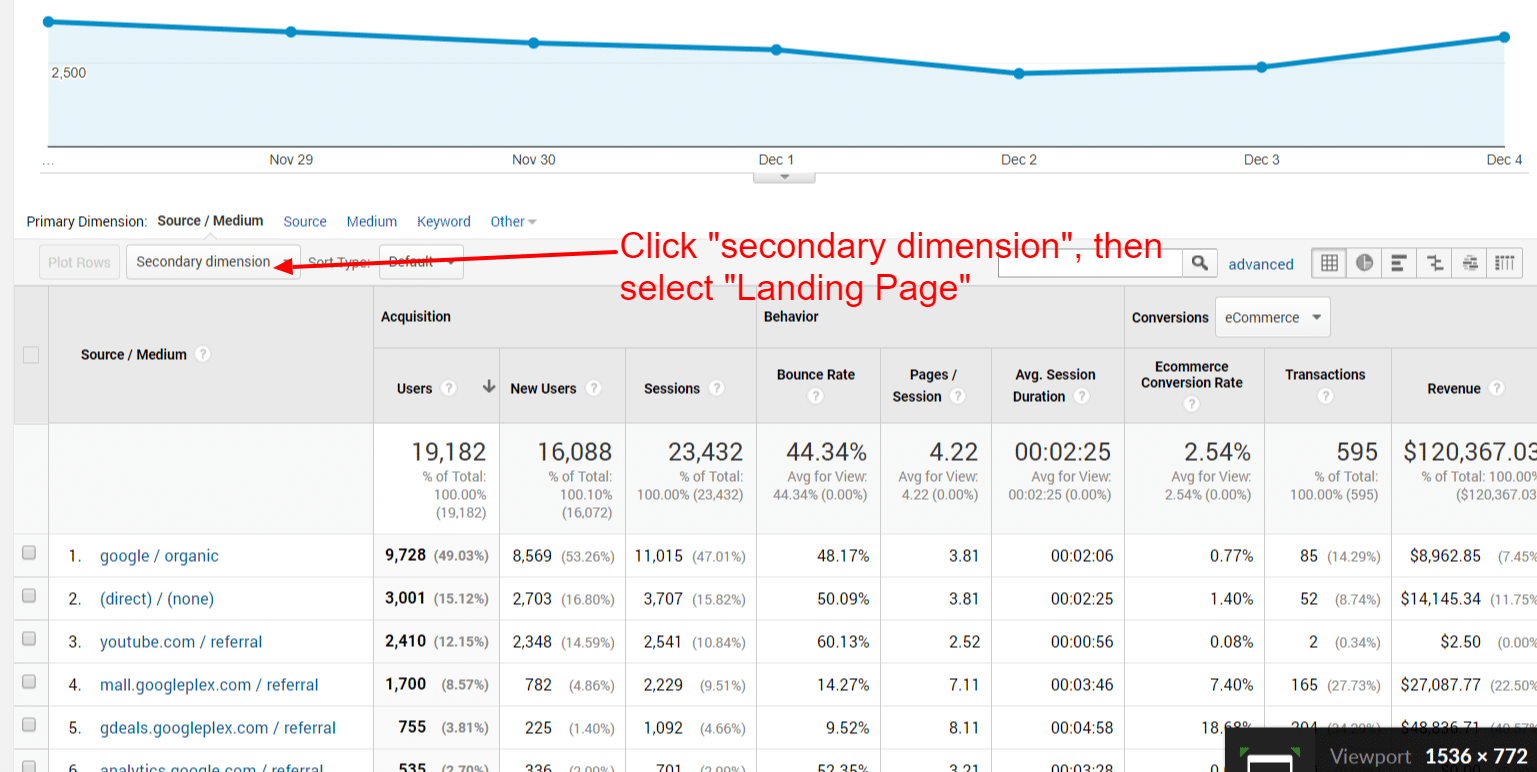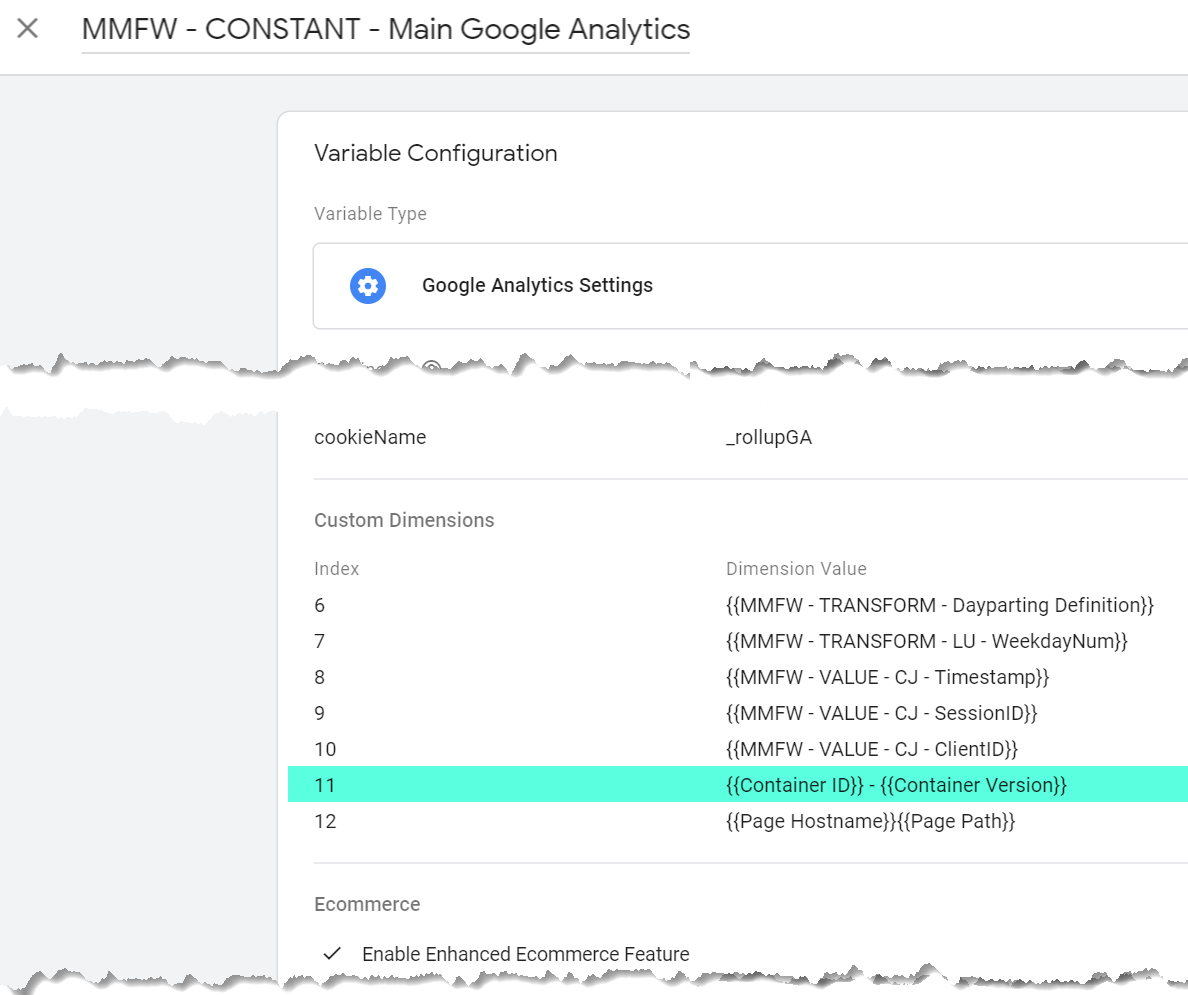Gain Comprehensive Viewpoints With Secondary Dimension in Google Analytics
Additional measurements in Google Analytics act as a powerful tool for enhancing the deepness of understandings derived from information evaluation. Keep tuned to uncover how additional measurements can revolutionize your information evaluation and drive notified decision-making in the electronic realm.
Understanding Secondary Measurements in GA
The concept of secondary measurements in Google Analytics boosts information analysis by providing extra insights into primary metrics. Second measurements enable users to delve much deeper into their information by including an additional layer of information to the key data being examined. By integrating secondary measurements, customers can sector and compare data throughout different measurements, such as web traffic sources, customer devices, geographical locations, and more. This added level of granularity enables an extra comprehensive understanding of user actions and site performance.
Comprehending just how to successfully utilize secondary dimensions in Google Analytics is vital for removing important understandings from the data accumulated. By selecting the suitable additional measurements to enhance primary metrics, individuals can reveal patterns, fads, and connections that might have or else gone unnoticed. This deeper level of evaluation can result in more enlightened decision-making and the optimization of electronic advertising approaches to enhance general efficiency.
Advantages of Making Use Of Secondary Dimensions
Checking out the benefits inherent in leveraging secondary dimensions within Google Analytics brightens the deepness of understandings available for improving data evaluation. By incorporating secondary dimensions, customers can acquire a much more thorough understanding of their key information metrics. One of the crucial advantages is the capability to sector and filter information, permitting a more comprehensive analysis of particular dimensions such as web traffic sources, user behavior, or geographical location - Secondary Dimension in Google Analytics. When looking at the data in seclusion., this segmentation aids in recognizing patterns, patterns, and correlations that might not be apparent.
Moreover, second dimensions enable customers to contrast and contrast different information points within the very same record, giving an extra alternative view of internet site performance. This comparative analysis can lose light on the performance of advertising projects, material interaction, or customer demographics. Furthermore, making use of additional measurements can assist in recognizing outliers or abnormalities that might require additional examination.
Fundamentally, leveraging secondary dimensions in Google Analytics supplies a powerful device for extracting beneficial understandings and enhancing data-driven decision-making procedures.
Applying Second Dimensions Effectively
To effectively implement additional measurements in Google Analytics, planning the selection and application of these additional data layers is critical for taking full advantage of the deepness of insights acquired from analytics records. When picking second measurements, think about the details objectives of your analysis to make certain the selected dimensions line up with the information required to address essential questions. It's necessary to focus on relevance over amount, picking measurements that enhance the primary measurement and provide meaningful context.
Additionally, understanding the partnership between the second and key dimensions is crucial. This comprehension enables you to interpret the data accurately and attract workable verdicts. When examining information entirely based on the primary measurement, implementing second measurements properly entails utilizing them to uncover patterns, trends, and correlations that might not be noticeable - Secondary Dimension in Google Analytics. By including second dimensions thoughtfully, you can improve the granularity of your evaluation and gain much deeper insights right into customer habits, content efficiency, and other crucial metrics within Google Analytics.
Studying Data With Second Dimensions
Utilizing additional measurements in information analysis gives continue reading this a nuanced point of view that uncovers complex partnerships and patterns within Google Analytics reports. By including additional measurements together with main measurements, analysts can dive deeper into the information to extract useful insights. When analyzing data only based on primary measurements., this strategy enables the recognition of correlations that may not be immediately obvious.
When assessing data with second measurements in Google Analytics, it is crucial Extra resources to consider the particular metrics or dimensions that will certainly provide one of the most meaningful context for the key measurement being analyzed. As an example, matching the main dimension of 'web traffic resource' with second measurements such as 'tool group' or 'landing page' can offer a more detailed understanding of customer behavior and preferences.
Additionally, the capability to segment data utilizing additional dimensions permits a more granular examination of user communications, assisting in the optimization of marketing techniques, site performance, and total customer experience. By leveraging second dimensions efficiently, services can make educated decisions based on a thorough evaluation of their Google Analytics data.
Finest Practices for Additional Dimensions
When implementing additional dimensions in Google Analytics, accuracy in choosing appropriate metrics is extremely important for obtaining workable insights from the information evaluation procedure. Among the very best practices for making use of secondary measurements efficiently is to align them with your main dimension to get an extra comprehensive understanding of your internet site or campaign efficiency. If your key dimension is 'Source/Medium,' combining it with second measurements like 'Gadget Group' or 'Landing Page' can provide understandings into exactly how various devices or landing pages influence traffic from numerous resources.

Regularly trying out various combinations of primary and secondary measurements can aid you uncover brand-new connections and trends within your information, allowing you to maximize your strategies and improve general efficiency (Secondary Dimension in Google Analytics). By complying with these finest methods, you can take advantage content of additional dimensions in Google Analytics properly to gain deeper understandings and make data-driven choices that favorably influence your business

Final Thought
Finally, additional measurements in Google Analytics provide a useful possibility to obtain deeper understandings right into primary data metrics. By adding an additional dimension to reports, organizations can uncover correlations, patterns, and patterns that may not be right away evident, bring about a more extensive understanding of user habits and communications on an internet site. Implementing secondary dimensions effectively and evaluating data with them can assist organizations make data-driven choices and enhance their on the internet efficiency.
By including additional measurements, individuals can section and compare data across different dimensions, such as traffic sources, customer gadgets, geographic areas, and a lot more. Carrying out second measurements efficiently entails using them to discover patterns, trends, and correlations that might not be evident when evaluating data solely based on the key dimension. By incorporating secondary dimensions alongside key dimensions, experts can dig deeper right into the data to extract beneficial insights. One of the best techniques for utilizing secondary measurements successfully is to align them with your key dimension to obtain a much more detailed understanding of your website or project performance. If your primary measurement is 'Source/Medium,' matching it with secondary measurements like 'Gadget Group' or 'Landing Web page' can offer insights right into how various devices or touchdown pages effect traffic from numerous sources.